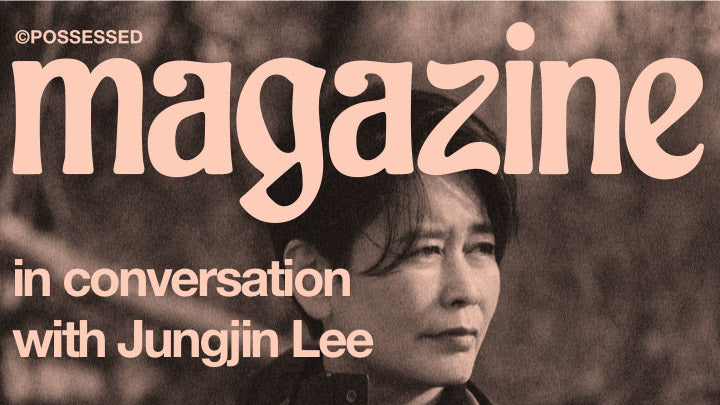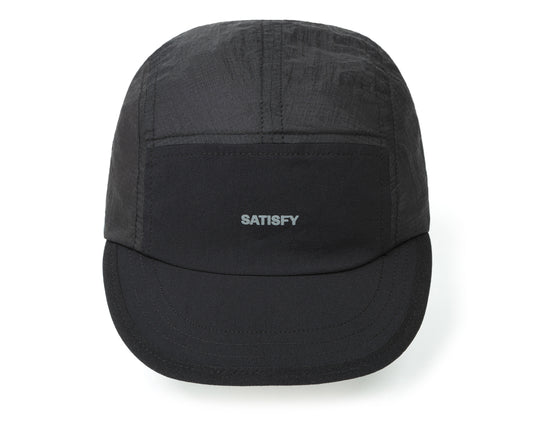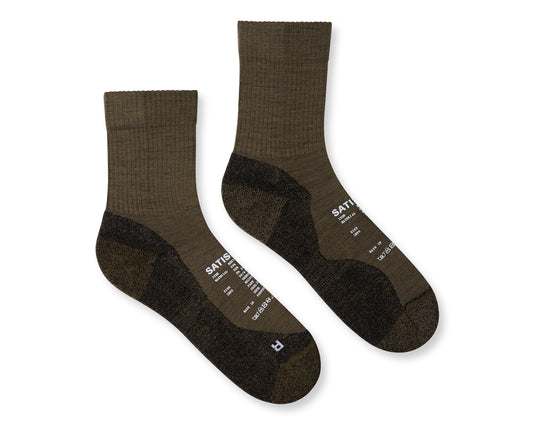
in conversation with Jungjin Lee
Jungjin Lee (b. 1961) was born in Korea and began photographing in the early 1980s while a Ceramics major at Hongik University in Seoul and later earned an M.F.A. in Photography from New York University. Known for her laborious and handcrafted photographic work printed on handmade mulberry paper, Lee creates cross-cultural photographic landscapes which intermix techniques and materials of Eastern and Western traditions of both painting and photography.
Lee’s work has been exhibited in numerous galleries and museums in the United States, Europe, and Korea. Lee has published several books, including SIMMANI (2021), Opening (2017), Desert (2017), Everglades (2016), Echo (2016), Unnamed Road (2015), Wind (2009), Jungjin Lee (2006), Thing (2005), Desert (2002), On Road/Ocean (2001), Jungjin Lee: Beyond Photography (2000), Wasteland (1997), and Lonely Cabin in a Far Away Island (1988).
Lee’s photographs are included in the collections of the Metropolitan Museum of Art, Los Angeles County Museum of Art, Houston Museum of Fine Art, and various prestigious institutions in Korea. The artist currently lives and works in New York.

How did you transition from ceramics into photography? Do you see an interrelationship between the two art forms?
Studying ceramics at university was just one of my artistic explorations from my youth and I began photographing when I was 20 years old. Since then, I’ve been using cameras as a tool to express my inner self. But all of my experiences with art — including painting and ceramics — are melted into my work. In this way, I think of myself as an artist rather than a photographer.
How did American Desert come about for you?
In 1990, I drove cross country through America and encountered the American desert for the first time. It was a hot summer so I could not spend much time outside of my car, but I felt overwhelmed by the vast landscape in the Southwestern desert. There were some very essential and immortal secrets of the land... For 30 years now, I’ve continued to travel to the desert.

I notice the desert — whether American or in the south of Israel (Negev) — is a repeated landscape of interest to you. What inspiration do you derive from such an environment?
There are many environmental differences between the American desert and the Negev Desert in Israel. I experience a primitive energy from the wide openness of the American Southwest that enables me to listen to nature with my body and heart.
Meanwhile, I didn’t get the same feeling in the Negev Desert. From Jerusalem to the Negev Desert, I continuously felt the tension of conflict between Israel and Palestine. In general, most of my photographs reflect my own subjectivity more so than the actual place itself. My Israel project, however, is composed of images that reflect historical and political confrontation, unlike my American Desert work.

Landscape photography (and painting) often invites the viewer into the space, offering details that allow the viewer to situate themself in the very same environment — sensing the prevailing weather, temperature, heat, humidity and odors. However, your work often zooms into very specific shapes, structures and entities that would normally just be a component of the aforementioned space. In this respect, what role does your gaze play with the landscapes you choose to represent? What do you try to capture with your photography?
In the desert, I peer at the sky, earth, and my inner self. The photographs I took are parts of deserts that reflect the nature of life which is like my unconsciousness, where my thoughts pause. Therefore, they can be considered landscape photos and self-portraits. I think people look at my landscape images as self-portraits and see their own self-portraits in them. I do not think that the subject itself — beautiful scenery — is what's shared, but rather a state of mind and being. I consider this to be the ultimate role of art. Photographic details such as placeness and temporality are not what I find to be important.
What significance does being outside and in nature have to you?
I go on trips to experience things such as the act of standing in the middle of the desert. In those moments, I enjoy my presence and naked spirit, and my photographs are records of them.

Do you preemptively decide to shoot particular subjects, or do the subjects manifest themselves spontaneously before you?
The only preparation I do for my trips is emptying my thoughts. I don’t plan what to photograph, and often I don’t plan exactly where to go. I follow my instincts on the road and I don’t mind being lost…
In a previous interview, you’ve stated that your work “requires a meditative process” — can you describe the role meditation plays in your work?
There are two different processes in my work. One is shooting in nature and the other is printing. I try hard to vacate my thoughts when I shoot, whether it be an object or landscape. It’s easier to practice in the desert than in the city.
On the contrary, the process of printing in the studio is a battle of patience and physical strength. Results cannot be predicted accurately, so it requires persistence and coincidence to produce a single satisfying print. It is not easy to do the same thing over and over without clearing the mind.

Beyond the image itself, you have a complex process of printing, scanning and re-printing onto handmade mulberry paper. Can you explain your philosophy behind that decision?
When my completed work is delivered to the viewer, I hope it extends beyond simply being seen and permeates their mind. My complicated work process is my effort to remove minute details of photographs, make them minimal, and go beyond the bounds of photographic medium and paper.
If we were to look at the Recently Played section of whichever streaming service you use, what songs and/or artists would we find?
Jacqueline du Pré and Indian flute music.
What would be your last meal?
Greek salad.
What projects do you have on the horizon?
A secret project from Korea. You will see...
What advice would you give to an aspiring photographer or artist?
Be yourself (naked)…







